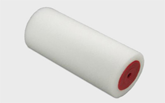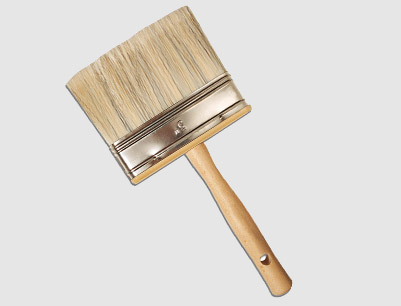There are many different types of paint rollers. How do I know which one to use in my project?
Feb. 10, 2022There are many different types of paint rollers. How do I know which one to use in my project?
That's a good question - there are so many different options out there that trying to decipher everything from pile head length to fabric type can be even more confusing than when we started our Google search.
To learn which rollers you'll need for different jobs, read our important tips.
Mini Rollers
These are used for wooden surfaces such as interior doors, skirting boards and furniture.
Why it's great:
This type of roller was developed specifically for the application of wood product paints, which have different application properties than wall paints. Wood product paints need to be applied with a less textured roller sleeve to achieve a smoother, more even finish that will last longer.
Top Tip.
Short or medium pile microfiber mini rollers are the best choice when spraying water-based wood product coatings such as Quick Dry Eggshell, Quick Dry Satinwood or Quick Dry Gloss. Avoid using foam mini-rollers when using quick-drying products, as these rollers will form paint bubbles when rolled onto the surface.
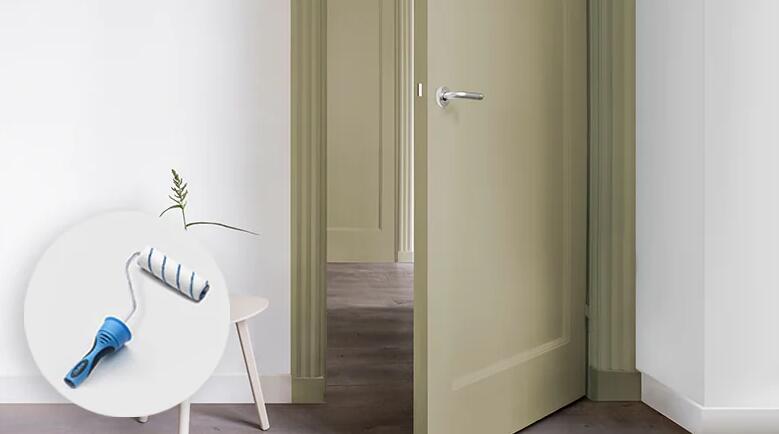
Medium Pile Microfiber Rollers
Probably one of the most popular and reliable rollers on the market, these mid-pile microfiber rollers are designed to apply water-based emulsions such as matte and silk coatings to interior walls and ceilings.
Why it's great:
Medium pile creates an even roller patina on walls and ceilings. Microfiber is a synthetic fiber designed to hold more paint, which means you don't have to reload the roller as often. Cheers!
Top Tip.
For an even finish, roll the paint in a zigzag "W" pattern on the wall - then without lifting the roller off the surface, return and fill it.
Long Pile Microfiber Rollers
These rollers have been developed for applying paint to more textured surfaces, such as exterior walls.
Why it's great:
Using a long-pile roller on a textured surface helps the paint get into the low spots of the texture, while a medium or short-pile roller will only skim over the high spots.
Top Tip.
Avoid using long pile rollers when painting interior walls, as the roller texture is too high and leaves a less than beautiful "orange peel" effect.
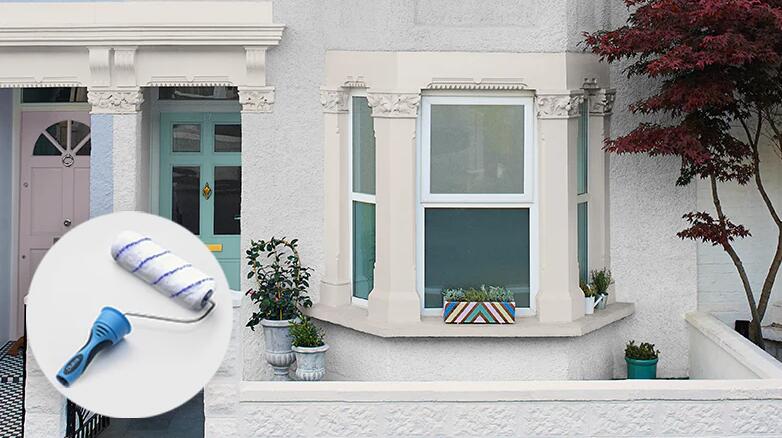
Mini Roller Stand
Another great accessory, the Mini Roller Frame comes in two sizes: a 20-inch frame for rolling paint behind radiators, and a 3-4-inch frame for interior doors, skirting boards and furniture.
Why it's great:
Mini roller frames are great for speeding up those awkward and hard-to-reach paint jobs and help give you an even finish.
Top Tip.
When buying a mini roller stand for painting behind radiators, make sure the roller head that fits it is slim enough to avoid hitting the back of the radiator when rolling it up the wall.
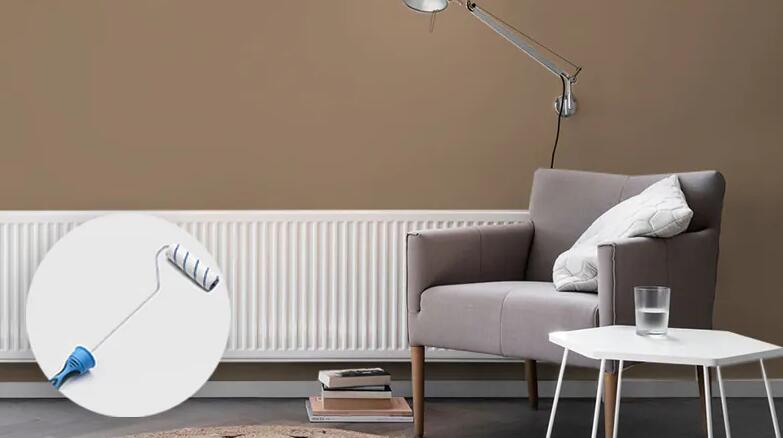
Roller extensions
Not exactly a roller like this, but it's still a key accessory to give you extra reach when painting the tops of walls and ceilings.
Why it's great:
In addition to the longer length (so long, ladder!) ), the roller extension can actually help you paint your ceiling or walls faster and achieve a more even finish.
Top Tip.
Roller extensions can be fitted to most roller arms, but it's worth checking that the roller arm has a push-in fit or threaded handle to make sure you're buying the right one.









